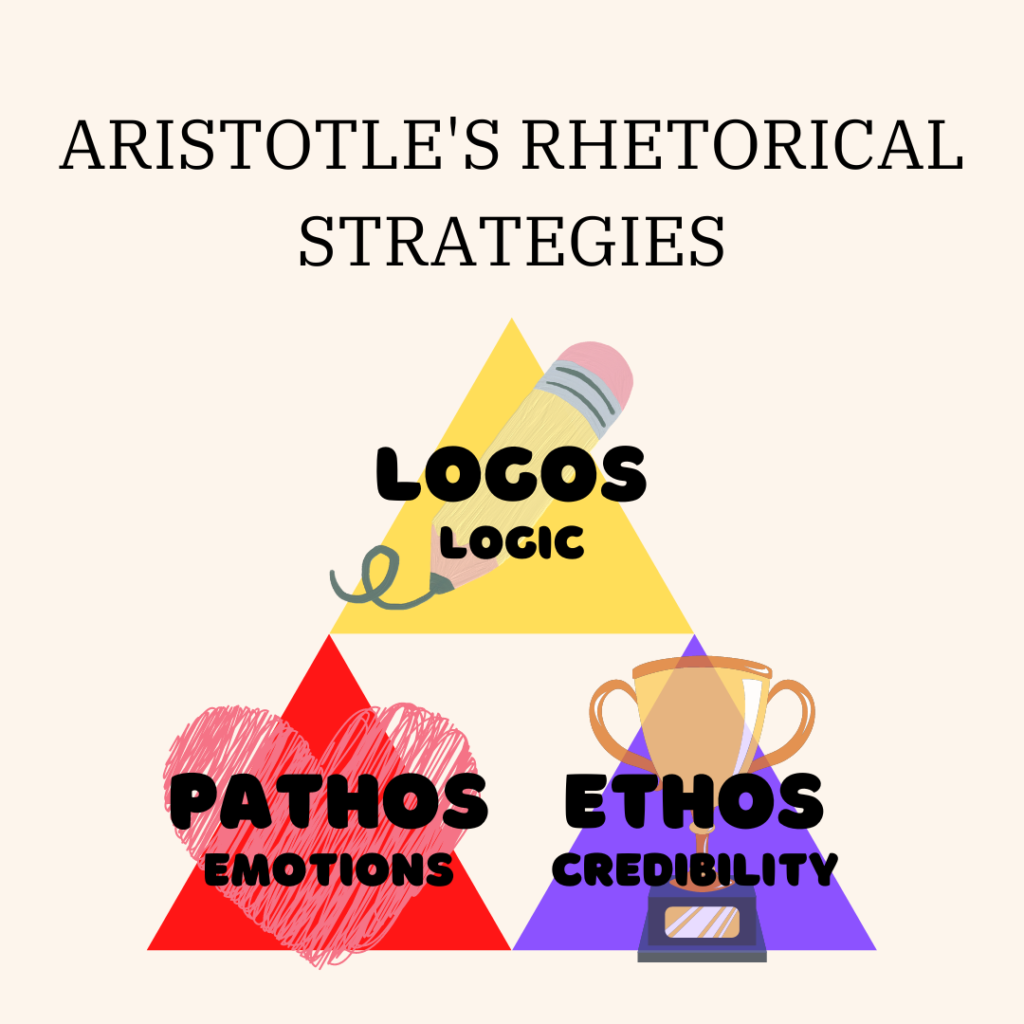Back to Basics: What Can Aristotle Teach Us About Modern Communication?
Published on November 11, 2022
By Kohava Mendelsohn
As a Professional Engineer, it is important to be convincing in many circumstances: Convincing companies to hire you, convincing people to invest in your business, and convincing customers your product is what they desired. Much like today, in Ancient Greece there was much to gain from being an effective communicator and convincing your audience. Aristotle broke down three main rhetorical strategies for communication that we can still use today:

Logos
Logos involves using logic and facts to convince your audience. When convincing people using logos, try to show step by step how your arguments imply your conclusion. Use statistics, research, and facts to back up your statements.
Pathos
Pathos involves an appeal to the emotions of your audience. This can be from telling a story that makes them feel a certain way, or relating your content to something that stirs a strong emotion in them. It doesn’t have to all be verbal. Pictures and audio can be a great way of reaching the emotions of your listeners. Use all the tools at your disposal.
Ethos
Ethos involves raising your personal credibility. Remind your audience of what qualifies you to be making decisions or giving your presentation. Bringing up how your past experience is relevant to the current situation will make your audience more receptive to what you have to say. If you don’t have personal experience, cite your sources and show how the resources you are using are relevant and credible.
When using these strategies in your communication, it works best if you incorporate elements from all of them, depending on your audience. A purely logical argument usually fails to stick in an audience’s mind, but a purely emotional argument can fail to convince anyone. When you understand who you have to convince, you can decide for yourself how much of each strategy to use.
For more methods of knowing your audience, check out other posts on this site:

